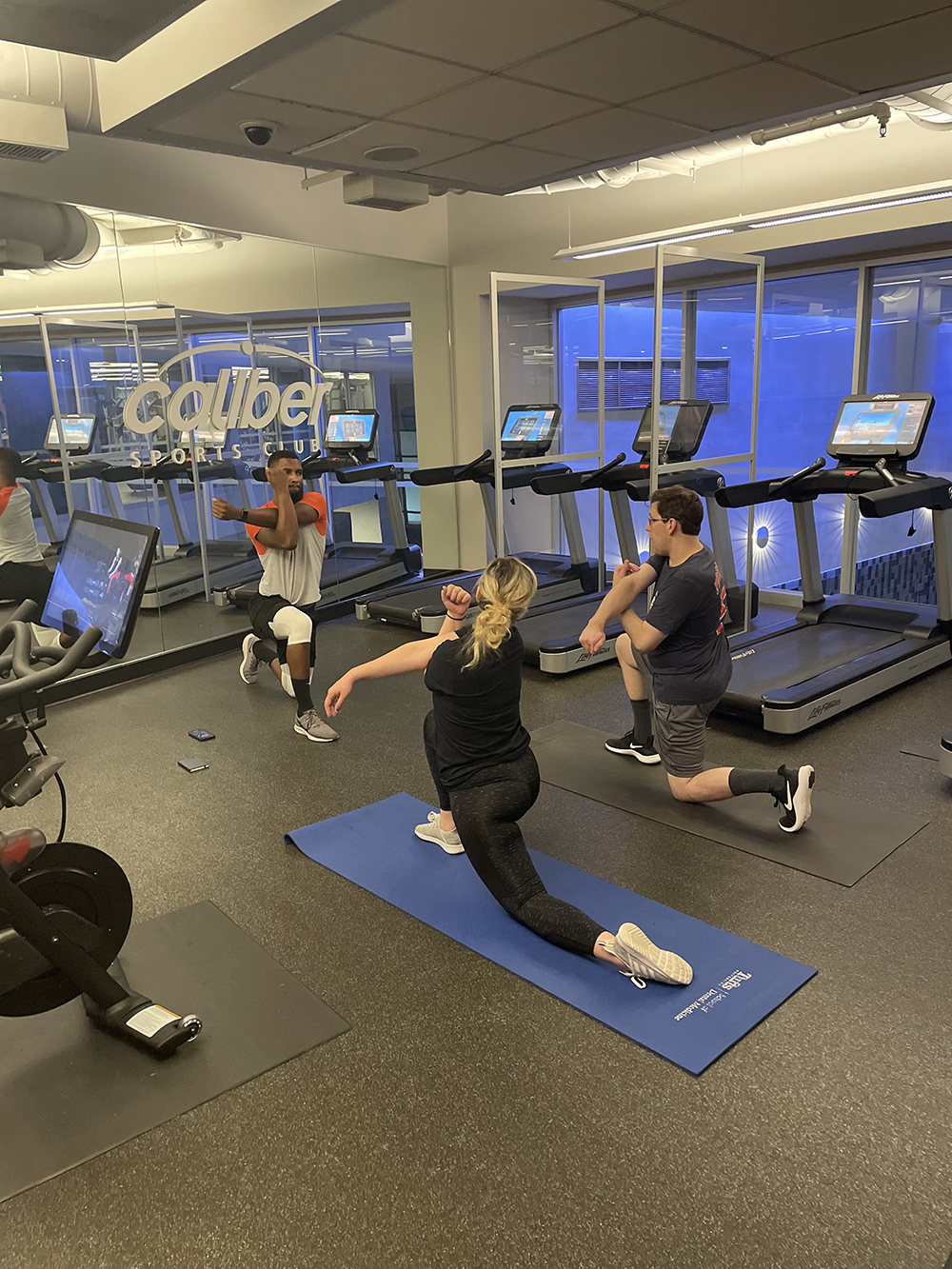
Beyond the Gym: Multifamily wellness as the new standard

Fitness amenities are no longer a box to check – they’re a business strategy. Across the multifamily industry, wellness has shifted from luxury to expectation, and the communities that are winning in 2025 are those that deliver holistic ecosystems instead of simple gyms. These ecosystems combine technology, recovery, community activation, and thoughtful design to drive retention, command rent premiums, and set properties apart in competitive markets.
The Demand Is Measurable
Data shows this is more than a design trend – it’s a business imperative:
• 70% of renters say access to high-quality fitness and wellness amenities influences their leasing decisions (NMHC/Kingsley survey, 2024).
• Properties with activated wellness programs report 15–20% higher retention rates, cutting turnover costs significantly (IREM research, 2023).
• In urban class A markets, wellness-driven amenities have supported 5–8% rent premiums, while lifestyle-oriented properties in growth metros are seeing 20–30% premiums compared to static, unstaffed spaces.
What’s Driving the Shift: From Stagnated Amenities to Human Amenities
1. Tech-Enabled Wellness: Stagnated amenities are static – a treadmill in a room. Human amenities are dynamic. Smart equipment, on-demand platforms, and integrated fitness apps allow residents to work out on their terms while giving operators usage data that drives ROI-focused decisions.
2. Flexible, High-Impact Design: A stagnated amenity looks the same every day – rows of treadmills gathering dust. Human amenities use modular layouts, turf zones, and compact strength stations that adapt to multiple demographics and create a sense of energy in the space.
3. Lifestyle & Recovery Features: Stagnated spaces only offer exercise. Human amenities recognize the full spectrum of wellness. Recovery lounges, meditation pods, and biohacking tools like red light therapy transform fitness rooms into lifestyle destinations.
4. Community Programming: A stagnated amenity is empty most of the time. A human amenity is alive with activity. Group classes, resident-led events, and wellness challenges turn a gym into a social anchor, driving retention and referrals.
Regional Momentum
In New England’s competitive markets – Boston, Providence, and the surrounding suburban hubs – properties are already embracing this shift. Class A operators are leveraging wellness to compete on lifestyle as much as location, while class B communities are repositioning outdated gyms to differentiate themselves from new supply. The result: stronger resident satisfaction and measurable NOI growth.
At Elite Wellness Amenity Group, we’re working directly with ownership groups across the Northeast and beyond to transform underutilized gyms into NOI-boosting wellness centers. By pairing tailored programming with flexible design, partners can increase resident engagement by over 60% within the first 90 days of activation.
Jennifer Rose DiCecco is SVP of strategic partnerships at Elite Wellness Amenity Group, Boston, Mass.